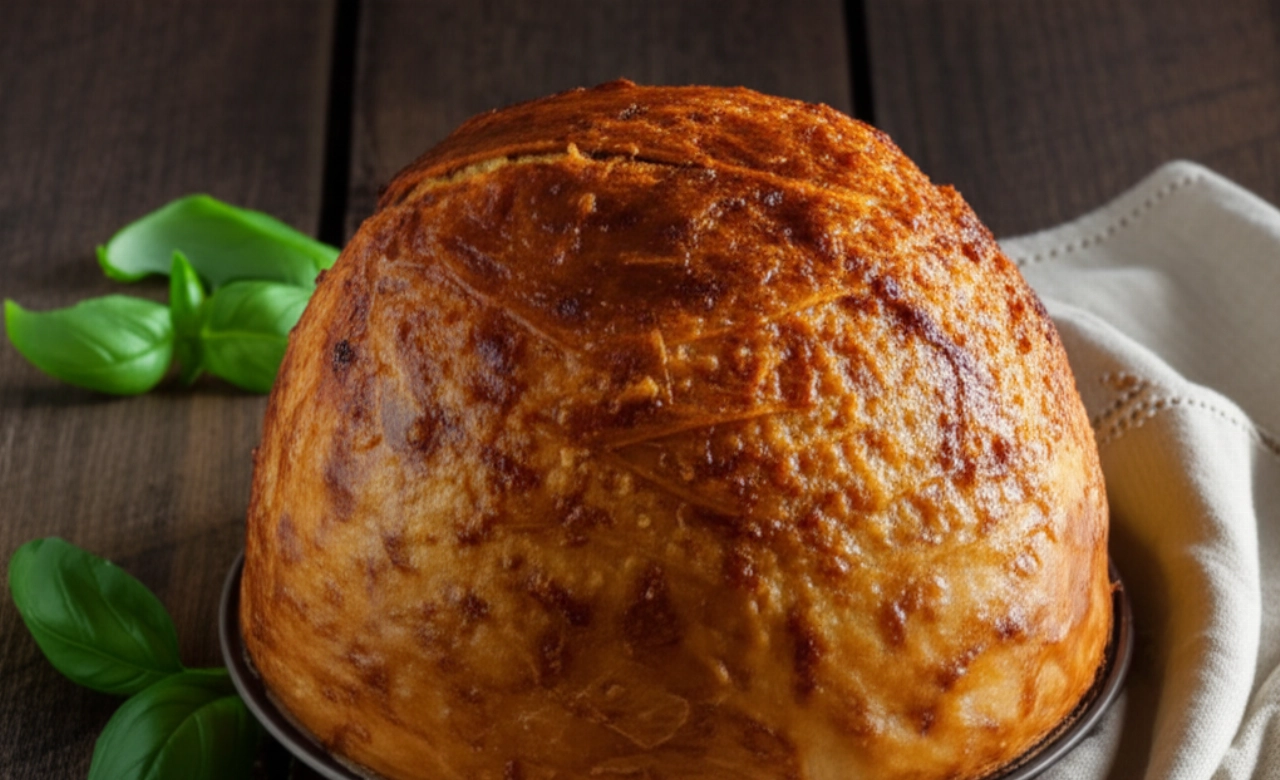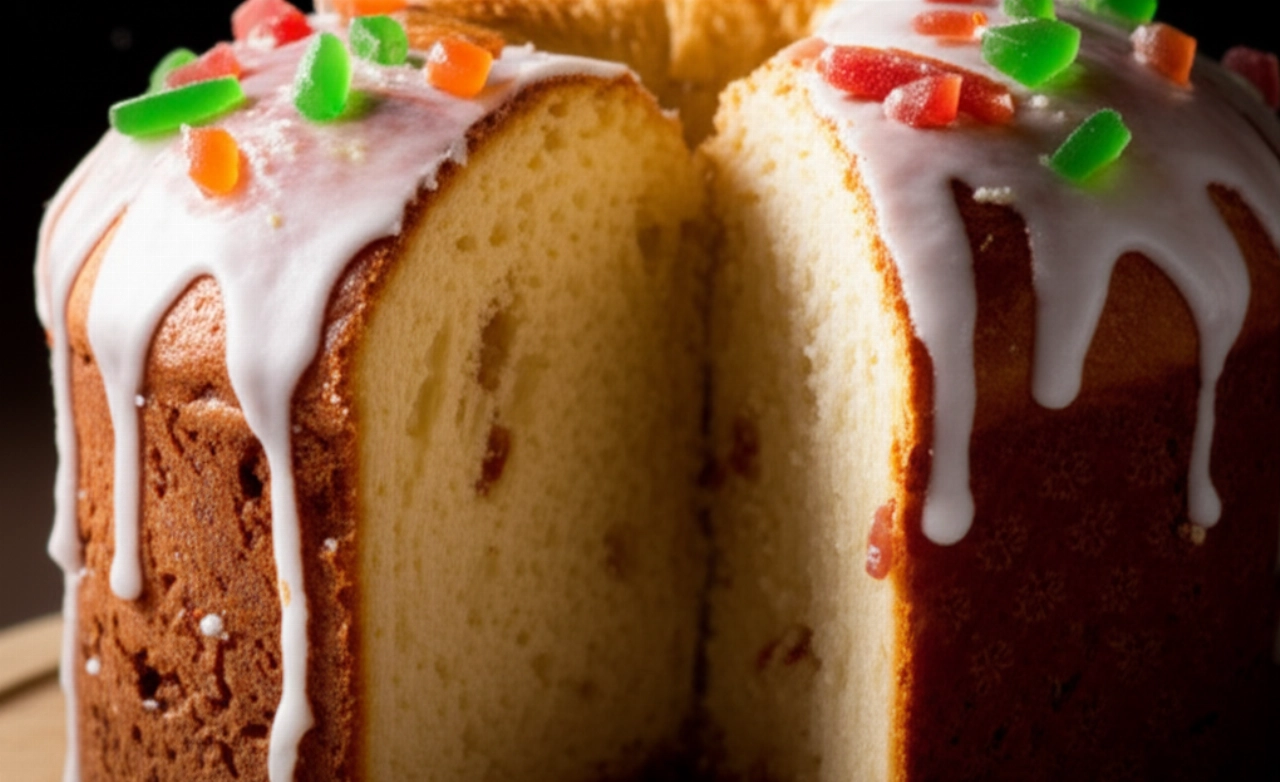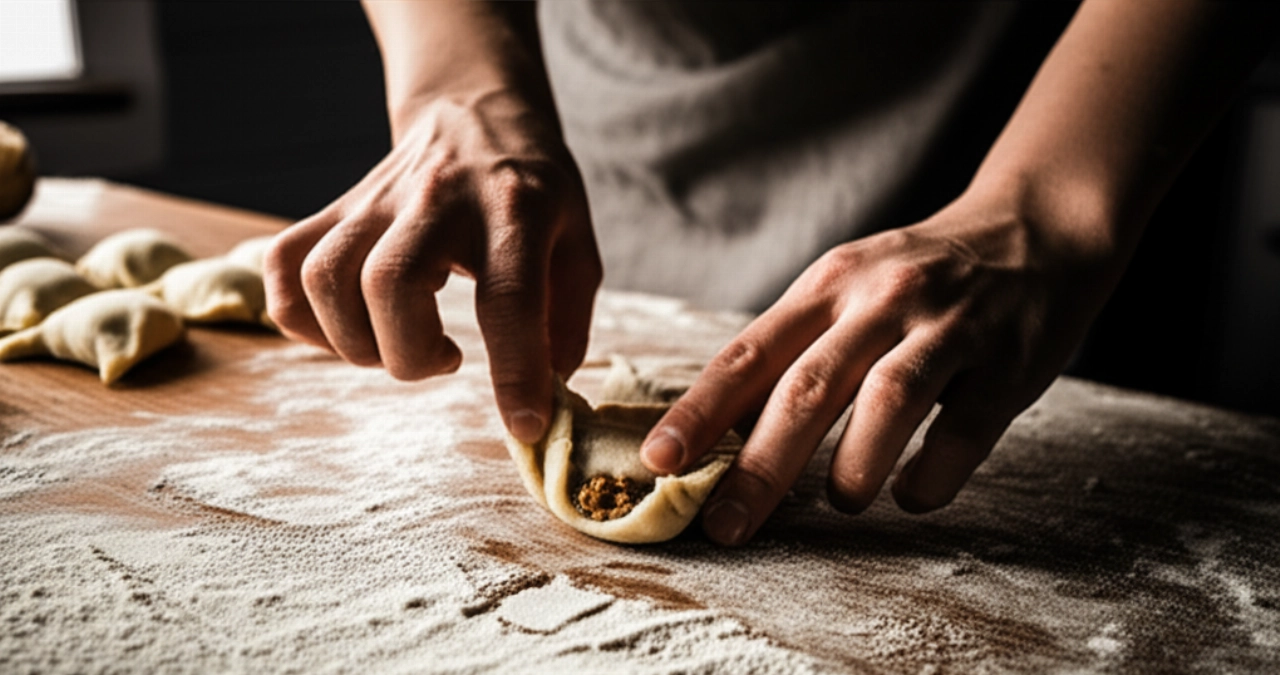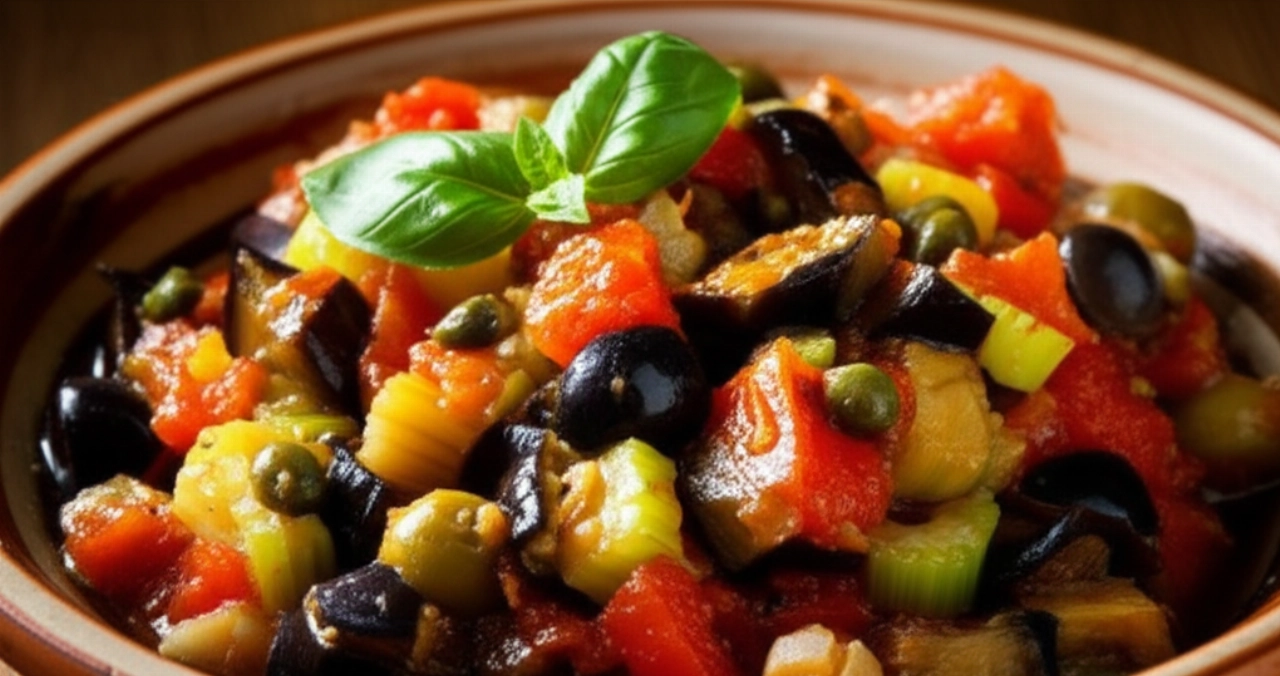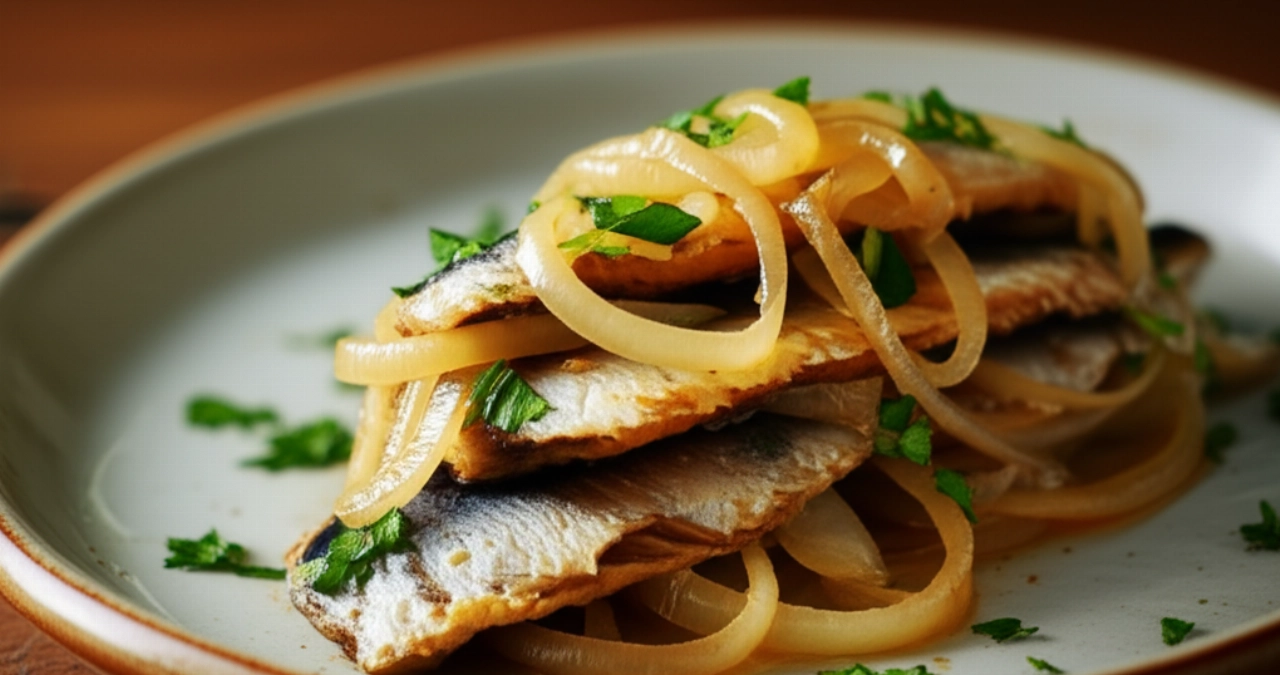Imagine a sweet that encapsulates the soul of Abruzzo, an embrace of ancient flavors and enveloping aromas. Parrozzo is not just a dessert; it's an experience, a piece of history that even enchanted the Poet Gabriele D'Annunzio, who called it a «rustic bread» and «a golden ball». But how many times have you tried to make it, and the result wasn't what you hoped for? Perhaps too dry, or with a chocolate coating that didn't quite fit, or simply lacking that magic you expect from such an iconic sweet.
Finding the right recipe, one that guarantees the perfect consistency, just moist enough, and with an authentic flavor, sometimes seems like a challenge. The fear of wasting precious ingredients and the apprehension of not being able to replicate tradition can hold you back. But don't worry, you're in the right place.
Make yourself comfortable. Here you won't just find a list of ingredients, but the definitive guide, full of tricks and tips, to prepare the perfect Parrozzo, the one that even enchanted Gabriele D'Annunzio. Success is guaranteed, and your kitchen will be filled with the unmistakable aroma of this Abruzzese masterpiece.
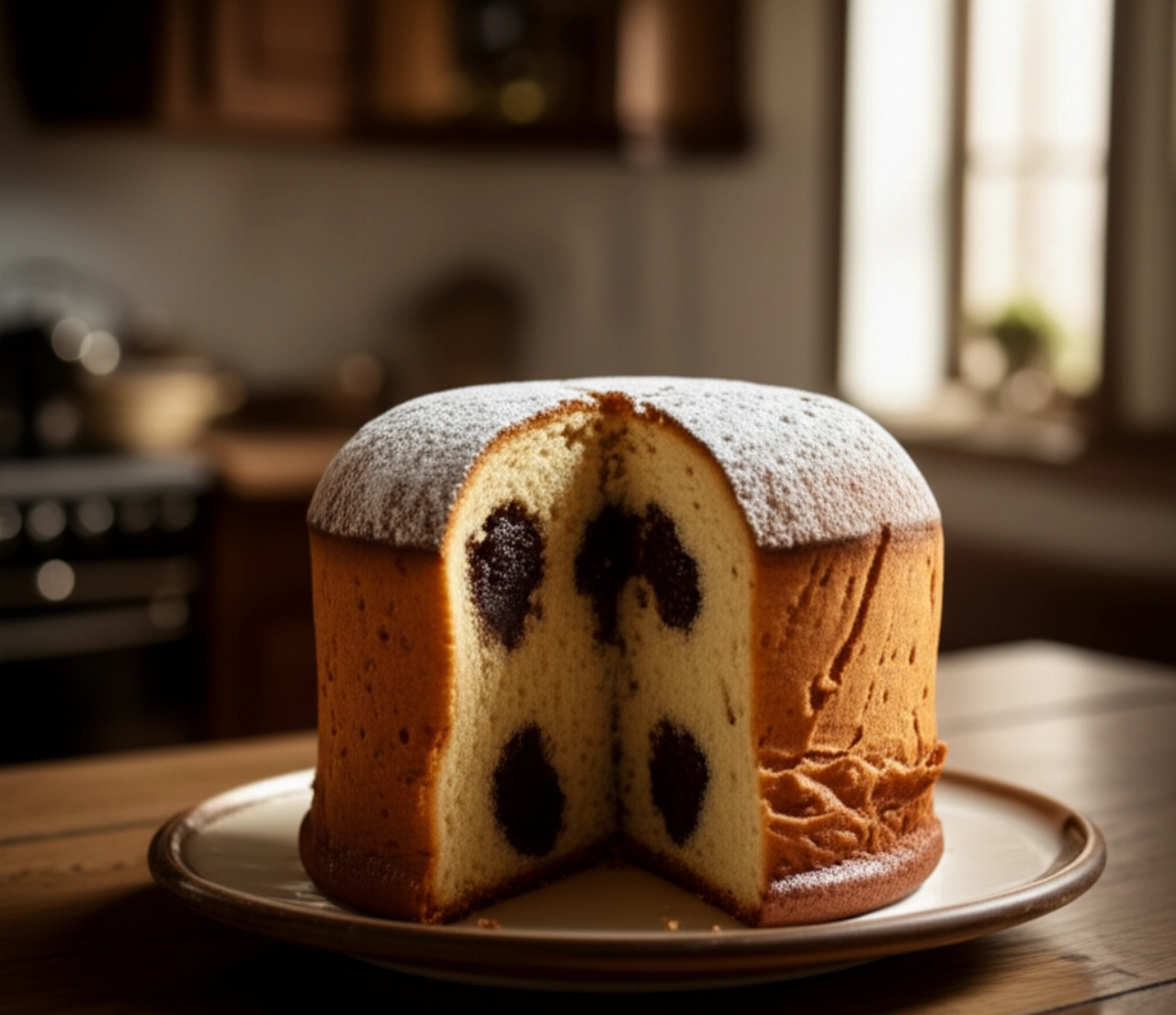
Smart Ingredients for a Dream Parrozzo: The Choice That Makes the Difference
Every great dish begins with quality ingredients, carefully chosen. For Parrozzo, we make no exception. Here's what you need and why:
- Peeled and Toasted Almonds (sweet and bitter): They are the soul of Parrozzo. Sweet almonds provide softness and flavor, while a small percentage of bitter almonds (found in herbal shops or specialized stores) is essential for that slightly bitter and aromatic aftertaste that makes Parrozzo authentic. Lightly toasting them before grinding will enhance their aroma and flavor depth.
- Semolina (not flour!): This is a crucial secret. Many recipes use flour, but semolina, with its coarser grain, is what gives Parrozzo its typical moist, compact yet not heavy, almost velvety texture on the palate. Do not substitute it with all-purpose flour; you would completely change the result.
- Very Fresh Eggs (separated yolks and whites): The freshness of the eggs is vital for the success of the sweet. Yolks will provide richness and color, while whipped egg whites will be the key to lightness and fluffiness.
- Sugar: Simply granulated sugar, for balanced sweetness.
- Organic Orange and/or Lemon Zest: Citrus fruits impart an intoxicating and fresh aroma that pairs divinely with almonds and chocolate. Choose organic ones to avoid chemical residues.
- High-Quality Dark Chocolate (min. 70%): The coating is Parrozzo's dress. A good dark chocolate, shiny and crisp, will create a perfect contrast with the soft and aromatic interior. Don't skimp on quality here!
- Butter: For greasing the mold and for a touch of softness in the dough.
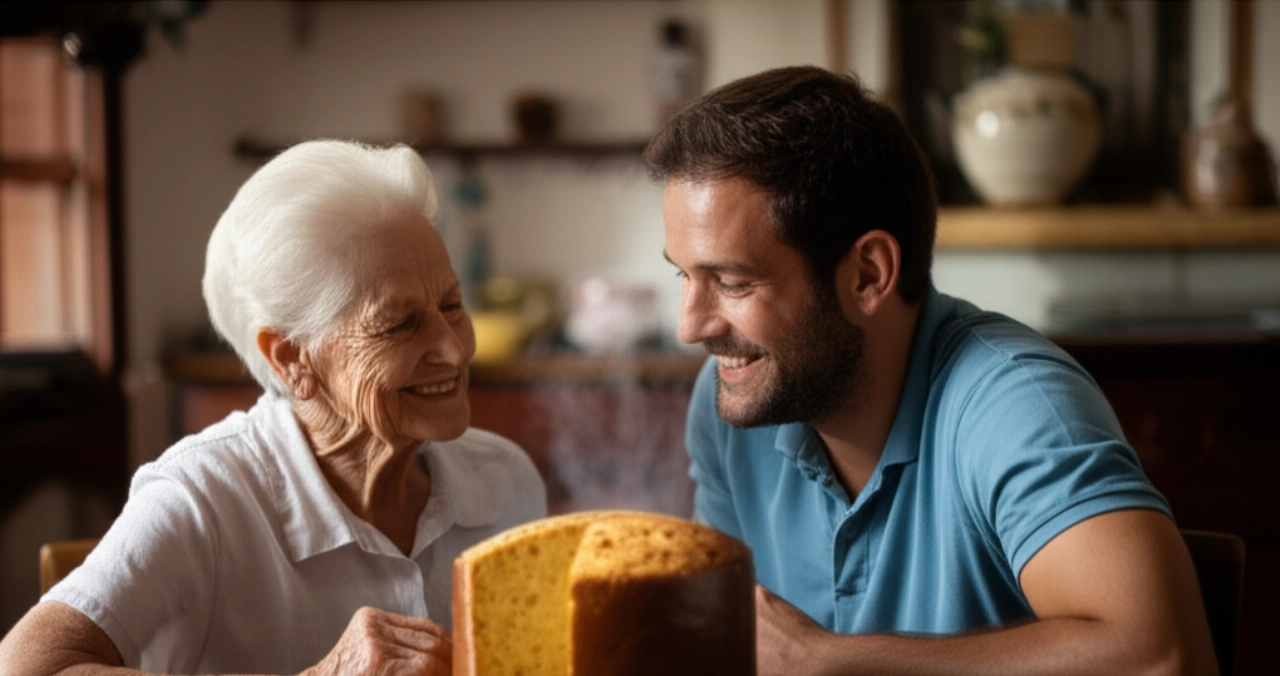
3 Common Mistakes to Avoid for a Perfect Parrozzo
Even the most experienced can fall into these traps. Knowing them will protect you from disappointments and waste:
-
Not whipping the egg whites correctly (or not incorporating them gently): Stiffly whipped egg whites are the natural leavening agent for Parrozzo. If they are not well whipped, the cake will be heavy and gummy. But be careful! Once whipped, they must be incorporated into the batter with slow, delicate movements, from bottom to top, so as not to deflate them. This is the secret to a soft and airy Parrozzo.
-
Incorrect almond toasting: Almonds are the heart of the flavor. If you don't toast them at all, their aroma will be flat. If you toast them too much, they will become bitter and burnt. The secret is a light toasting in a pan or in a low-temperature oven, until they release their aroma and take on a slightly golden color. This step is brief but fundamental for the depth of flavor.
-
Wrong baking temperature or times: A Parrozzo baked too long or at too high a temperature will become dry and fibrous, losing all its characteristic moisture. Too little, and it will be raw inside. Slow baking at a moderate temperature is key. Every oven is different, so get to know yours and do the toothpick test for perfect baking.
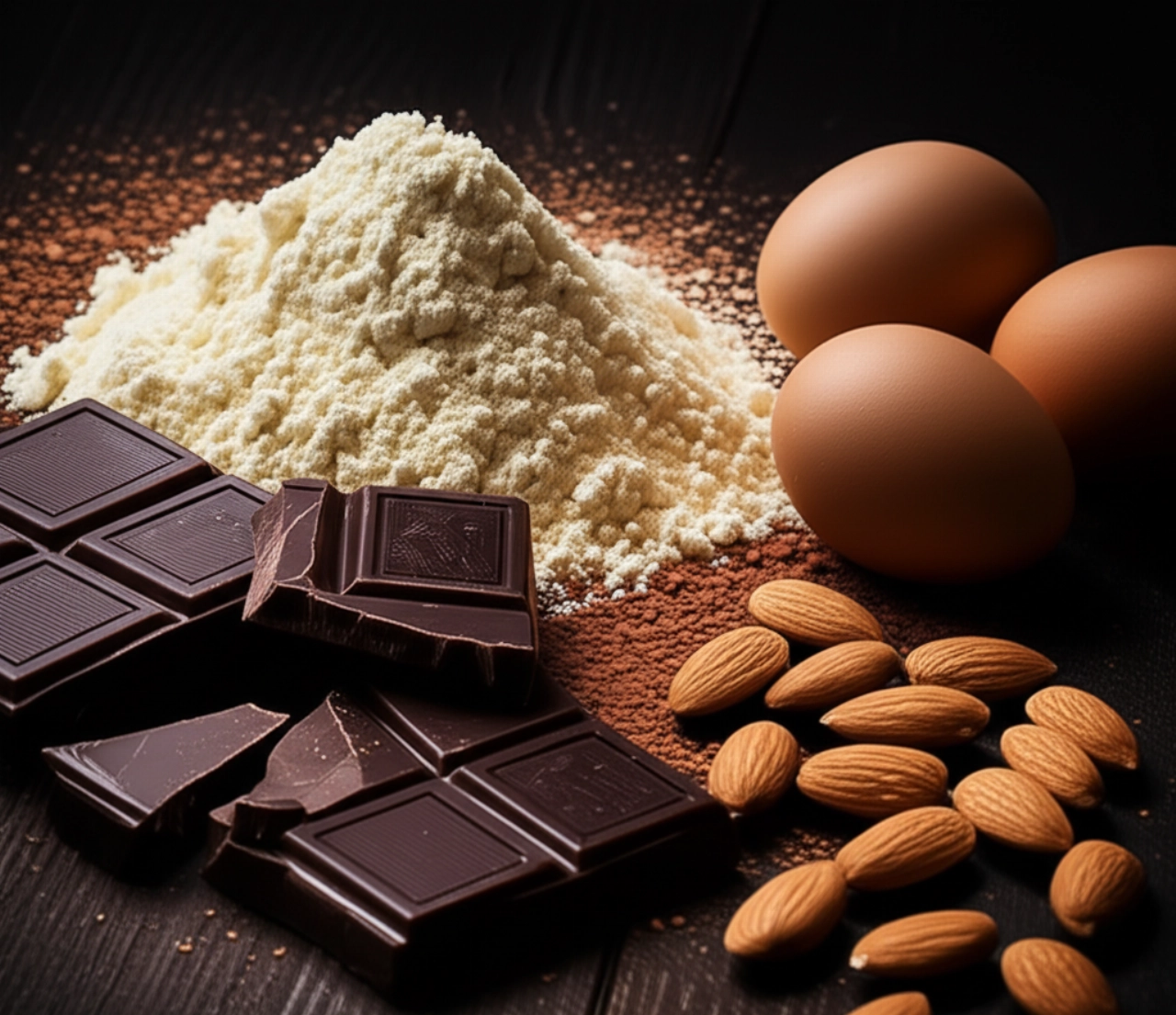
Grandma's Secret: That Extra Touch That Works Magic
My grandmother, who was a true Abruzzese, always told me that Parrozzo isn't just a recipe, but an act of love and patience. Her secret for a consistently moist and incredibly fragrant Parrozzo was twofold. First, she was never in a hurry to incorporate the whipped egg whites: she added them one spoonful at a time, mixing with a spatula using slow, circular movements, almost caressing the dough. She said that this way, the air remained trapped, and the cake stayed light as a cloud. Second, she always added a pinch of ground cinnamon to the dough, in addition to the citrus zests. Not much, just a hint, but that spicy touch incredibly enhanced the aroma of the almonds and added extra warmth to the flavor. A small gesture that makes a huge difference, a true embrace of flavors.
Let's Prepare Parrozzo Together: The Step-by-Step Guide
Ingredients:
- 200 g peeled almonds (180 g sweet, 20 g bitter)
- 150 g semolina
- 180 g granulated sugar
- 4 large eggs (yolks and whites separated)
- Grated zest of 1 organic orange
- Grated zest of 1 organic lemon
- A pinch of cinnamon (optional, grandma's secret!)
- 150 g dark chocolate (min. 70%) for the coating
- Butter and flour for the mold
Equipment:
- Dome-shaped Parrozzo mold (or a 20-22 cm bundt pan)
- Stand mixer or electric beaters
- Large bowls
- Spatula
- Small saucepan for chocolate
Method:
-
Prepare the almonds: Lightly toast the peeled almonds (both sweet and bitter) in a non-stick pan over low heat for a few minutes, stirring often, until they release their aroma. Be careful not to burn them. Let them cool completely, then finely chop them with a food processor. They should become almost a flour, but don't process too long to avoid releasing oil.
-
Prepare the base batter: In a large bowl, beat the egg yolks with the granulated sugar using electric beaters (or a stand mixer) until you get a light, frothy, and very voluminous mixture. This is essential for the lightness of the cake.
-
Add aromas and semolina: Incorporate the chopped almonds, grated orange and lemon zests, and, if desired, the pinch of cinnamon into the yolk mixture. Mix well with a spatula, then add the semolina gradually, stirring gently to avoid lumps.
-
Whip the egg whites: In a separate, very clean and grease-free bowl, whip the egg whites until very stiff peaks form. They should be so firm that if you invert the bowl, they won't move. This is the secret to fluffiness!
-
Incorporate the egg whites: Add the whipped egg whites to the almond and yolk batter, one spoonful at a time. Mix with a spatula using delicate movements, from bottom to top, so as not to deflate the mixture. This step requires patience and a light hand, but it is crucial for the success of the Parrozzo. The batter should be voluminous and frothy.
-
Prepare the mold and bake: Generously butter and flour the dome-shaped mold (or bundt pan). Pour the batter into the mold and gently level the surface. Bake in a preheated static oven at 160°C (320°F) for about 45-55 minutes. Do the toothpick test: if it comes out clean, the Parrozzo is baked. If it starts to brown too much on top, cover with aluminum foil.
-
Cool and unmold: Once baked, remove the Parrozzo from the oven and let it cool in the mold for about 10-15 minutes before gently unmolding it onto a wire rack to cool completely. It's important that it's cold before glazing.
-
Prepare the chocolate coating: Finely chop the dark chocolate. Melt it in a double boiler or in the microwave on low power, stirring often, until it is completely smooth and shiny. Do not overheat it, otherwise it will lose its luster.
-
Glaze the Parrozzo: Place the cold Parrozzo on a wire rack with a sheet of parchment paper underneath (to catch excess chocolate). Pour the melted chocolate over the dome of the cake, letting it flow evenly down the sides. You can use a spatula to help spread it. Let the chocolate solidify completely at room temperature or in the refrigerator to speed up the process.
Tips and Frequently Asked Questions about Parrozzo
Here are some of the most common questions you might have, with answers from your trusted chef:
Can I use only flour instead of semolina?
Absolutely not! Semolina is what gives Parrozzo its characteristic moist and compact texture. Using flour would radically change the cake's structure, making it more similar to a traditional cake and losing the authenticity of Parrozzo.
How can I store Parrozzo?
Parrozzo keeps very well at room temperature, covered with a cake dome or in an airtight container, for about 5-7 days. Thanks to the chocolate coating, it remains fresh and moist for a long time. Avoid the refrigerator, which might dry it out.
Can I prepare the batter in advance?
It is not recommended to prepare the batter in advance and store it. Whipped egg whites tend to deflate over time, and the batter would lose its lightness. It's best to prepare and bake the Parrozzo on the same day to ensure maximum fluffiness.
Why did my Parrozzo turn out dry?
There are several reasons: you might have baked it too long or at too high a temperature. Or, the egg whites were not whipped to very stiff peaks or were deflated during incorporation, making the batter less airy and denser, thus more prone to drying out during baking. Also, make sure the almonds weren't toasted too much, which can contribute to dryness.
What is the ideal chocolate temperature for the coating?
Melted chocolate should be around 40-45°C (104-113°F). If it's too hot, it might not adhere well or create too thin a layer. If it's too cold, it will be difficult to spread and might not be shiny. Melt it slowly and stir well to get a smooth and fluid consistency.
Conclusion: Your Abruzzese Masterpiece Awaits!
There you have it! Now you no longer just have a recipe, but all the secrets to bring a Parrozzo to the table that everyone will fall in love with. A sweet that tastes of home, tradition, history, and love, just like our Abruzzese grandmothers used to make it. Every bite will be a journey into the authentic flavors of Abruzzo, an experience that will make you feel like a true chef.
Don't be afraid to experiment. Cooking is an act of creativity and generosity. But start with this solid and foolproof base, and you'll see that applause will not be lacking. The aroma that will fill your kitchen will be the first reward, and the smile of those who taste it will be the greatest satisfaction.
Have you tried our Parrozzo recipe? We are very curious to see your masterpiece! Leave a comment below, tell us how it went, or share a photo on Instagram by tagging @CercaRicette.it. If you loved this traditional sweet, you can't miss our recipe for Grandma's Bundt Cake or another timeless classic like Original Tiramisu. The kitchen awaits you!
